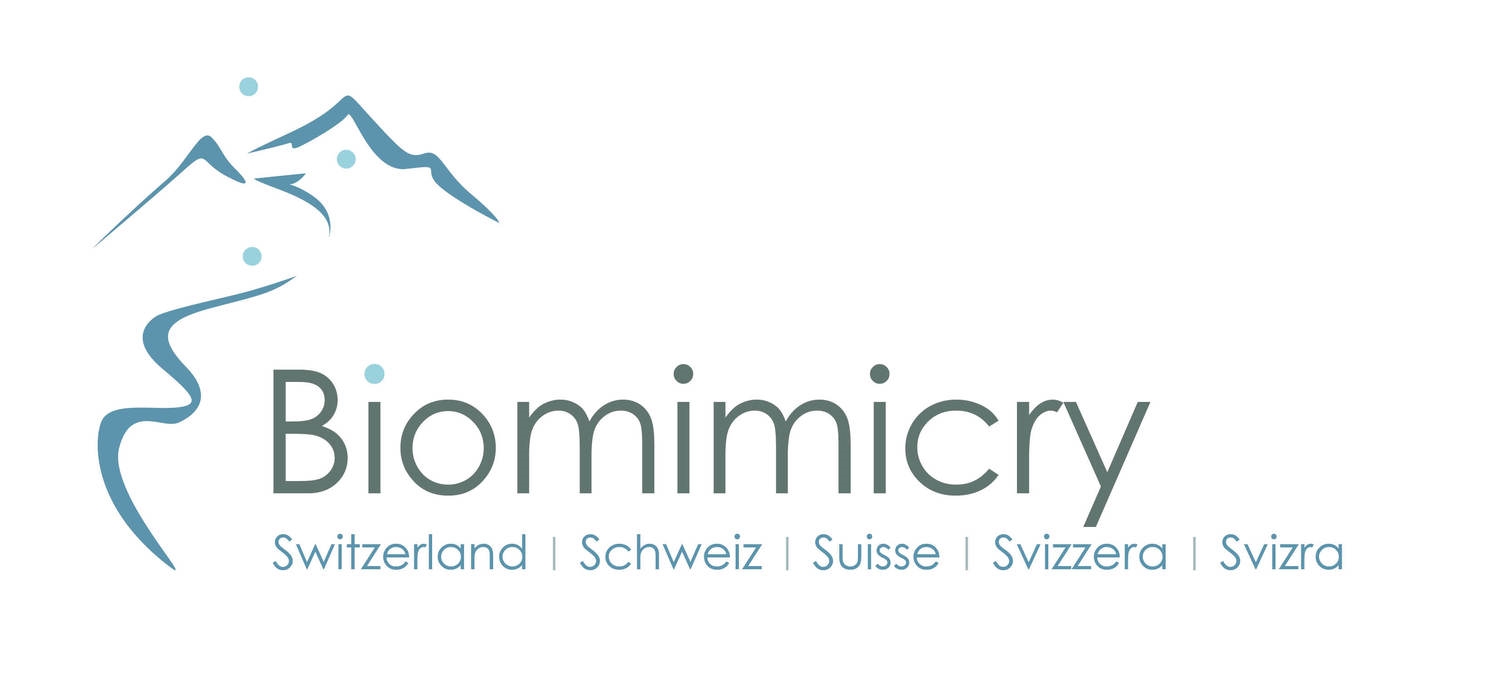Projects and Initiatives
Biomimicry Switzerland’s team is involved in a number of local and regional initiatives, both independently and in collaboration with other organizations. Our projects are designed to accelerate the education, development and practice of biomimicry in Switzerland and demonstrate the viability of applying biomimicry to unique challenges in our community. They also serve as catalysts to build the capacity of both Swiss and international communities to learn and practice biomimicry across various sectors of society and economy.
INTERRED (European Union Project)
Strengthen SMEs in the field of manufacturing through sustainable innovation based on biomimicry.
Together with Biomimicry peers in Netherland, Belgium, France, UK, and Germany we are applying for an EU fund to establish a permanent co-creative platform for knowledge exchange and collaboration among manufacturing SMEs, biomimicry experts and leaders in sustainable development across the whole north-west Europe region.
We are facing tremendous challenges when it comes to climate change and resource depletion. Recently, a framework of Sustainable Development Goals has been ratified to help businesses to become more sustainable. While many large corporations have innovation departments working on this topic, many SMEs struggle to leave unsustainable pathways and implement these SDGs. Biomimicry (innovation inspired by nature) is recognised as a leading framework and methodology for realising today’s aspirations for sustainable growth and innovation and help SMEs innovate in a sustainable way. These tools have been applied in a wide diversity of Fortune 500 companies and biomimicry thinking contributed to their business success. There is substantial untapped potential in biomimetic approaches to problem solving for manufacturing processes such as reduction of material use, decreasing waste and CO2, improving efficiency and collaboration with local and transnational partners, to name a few.
The resulting platform enables the realisation of sustainable innovations emerging from the intersection of biology, technology and society that put manufacturing SMEs in a stronger economic position within Europe.
Involved partners in the project:
CEEBIOS
Interface Netherlands
Utrecht University
Heriot-Watt University: Nature-Inspired Manufacturing Center, UK
NCCR Bio-Inspired Materials, Fribourg
Biokon
.
Swiss Federal Institute of Technology in Lausanne (EPFL)
Biomimicry Switzerland is collaborating with Swiss Federal Institute of Technology in Lausanne. The ultimate goal of the partnership is to educate and inspire students and faculty to integrate biomimicry as a viable approach and methodology into design to create, develop and commercialize truly sustainability solutions.
Biomimicry@EPFL Fusebox Challenge
Fusebox is an interactive platform where students can propose ideas on a given topic. Biomimicry@EPFL used Fusebox to create an opportunity for student to address the challenge of food security in a design contest called “Biomimicry: Nature has the solution”. The contest consists in addressing a so far unsolved problem by getting inspiration from nature. The Fusebox challenge enhances students’ creativity and empower them to design sustainable and smart solutions whatever their field of studies. This process will help identify and select the best innovators to bring on board for the real contest the Biomimicry Design Challenge organized by the Biomimicry Institute in 2015,2016, 2017 and 2018.
In partnership with the Kovac Family, Biomimciry 3.8, Biomimicry NL, and Biomimicry Switzerland are seeking funds to begin the pre-study to explore and investigate nature’s well-adapted strategies to create lighting. The world’s first (and still best) fiber optics, photonic crystals, and LED Bragg refractors were invented by marine sponges, beetles, and tropical butterflies. For the hundreds of millions of years, life has been generating, amplifying, and transmitting light economically and efficiently. By learning from nature’s approaches to create illuminations, we can apply these strategies and develop more sustainable human approach to lighting.
The commercial and residential building sector accounts for 39% of carbon dioxide (CO2) emissions in the United States per year, more than any other sector. Most of these emissions come from the combustion of fossil fuels to provide heating, cooling and lighting, and to power appliances and electrical equipment. By transforming the built environment to be more energy-efficient and climate-friendly, the building sector can play a major role in reducing the threat of climate change.
Lighting is a significant energy user in residential, commercial and industrial building, but is also critical to occupant safety, comfort and productivity. Researchers are constantly working to develop lighting products that produce better light, using less energy. Lighting accounts for approximately20 percent of all electricity used in the United States and up to 40 percent of electricity used in commercial facilities.
In the pre-study we will make use of Biomimicry Thinking (framework to apply biomimicry in the design) and the Biomimicry Innovation Process which includes 4 main steps in the design process: scoping, discovering, creating, and evaluating. Following the specific steps within each phase helps ensure the successful integration of life’s strategies into human designs. In each of the steps we consciously integrate Biology into our Design; which makes it different from any other design or innovation process.
The goal was to cut out the extremely loud claps that occurred when Japan's bullet train emerged from tunnels. Engineers looked toward the kingfisher, which dives seamlessly into water. A nosecone designed after the bird's beak solved the issue.
Photo of train via wikipedia; photo of kingfisher via Len Blumin

